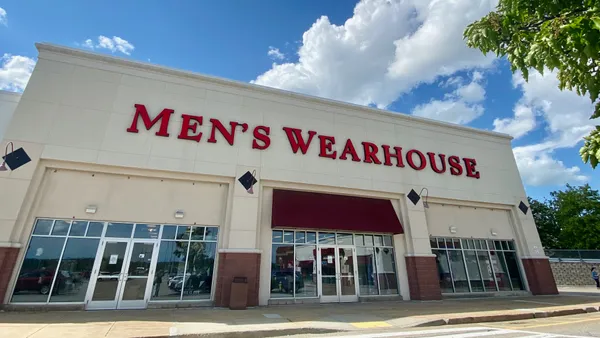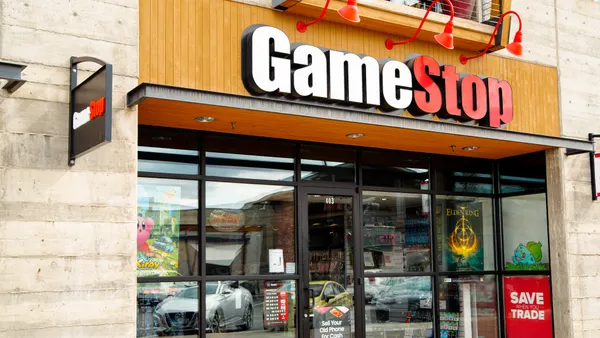Conventional wisdom states that shoppers browse on smartphones and buy on the desktop.
Conventional wisdom is a crock.
Consumers now browse and buy via smartphone, according to a cross-device commerce study conducted by performance marketing technology company Criteo. Nearly a third of all digital transactions span two or more devices from the first website visit to the point of purchase, Criteo found: 25% of all cross-device transactions completed on a desktop started on a smartphone, while 35% of sales completed on a smartphone initiated on the desktop.
In all, smartphones now account for a quarter of online retail sales in the U.S., a year-over-year increase of 41%, Criteo reports. “If you speculate about what’s driving that, mobile devices have become easier to transact on, especially with the iPhone 7 — because the screen is larger, it’s more e-commerce-friendly,” Jaysen Gillespie, Criteo’s vice president of analytics, insights and data science, told Retail Dive. “Also, people have psychologically gotten over the barrier that says, ‘Mobile isn’t for buying.’”
It helps that smartphones are omnipresent in consumers’ lives. You can’t quite say the same about desktop devices or even tablets, whose share of total e-commerce transactions completed on mobile devices plunged 18% year over year. Like the sports cliché says, the best ability is availability.
“Consumers want to research and purchase with what’s convenient for them at the time,” Gillespie said. “A tablet isn’t terribly convenient if I’m outside of my home. But if I’m on the bus or train on my way to work, or at work or at lunch, I always have [my smartphone] with me.”
But the mobile shopping experience remains far from optimal. The newest edition of performance analytics firm Soasta’s semi-annual State of Digital Performance report, which analyzed 10 billion user visits across a range of retail, media and travel sites, found that the median bounce rate for shoppers using mobile devices is almost 58%, while tablet shoppers bounce at a median rate of close to 45%. Even a seemingly small hiccup can derail a sale: A 2-second delay in load time can hurt conversion rates by 103%, while just a 100-millisecond delay in load time can bring down conversion rates by up to 7%.
“Mobile users are extremely impatient when it comes to performance,” Buddy Brewer, Soasta’s senior vice president of products, told Retail Dive. “You’re losing revenue to the competition if you’re not fast enough on mobile.” Brewer recommends a series of fixes to help retailers sidestep what he calls “digital performance pitfalls,” including testing how users move through websites and identifying the most important pages to determine where even tiny changes can have a monster impact.
The good news is that retailers are committed to improving and enriching the mobile experience. More than half of retailers say mobile initiatives are among their top three priorities in 2017, according to a recent report from the National Retail Federation’s Shop.org division and research firm Forrester. The rest need to get their priorities in order. Their reputation depends on it. Their bottom line, too.
“One of our customers ran a Super Bowl ad,” Brewer said. “Think about the audience for that: They’re on the couch, they see the URL for this promotion being run and they want to see what’s at that URL. They’re not taking that laptop out. In fact, 96% of the traffic they drove to that site — with the most expensive ad they’ll run all year — was mobile users. If their site hadn’t been dialed in to work on mobile, then they’re flushing a lot of money down the drain.”













